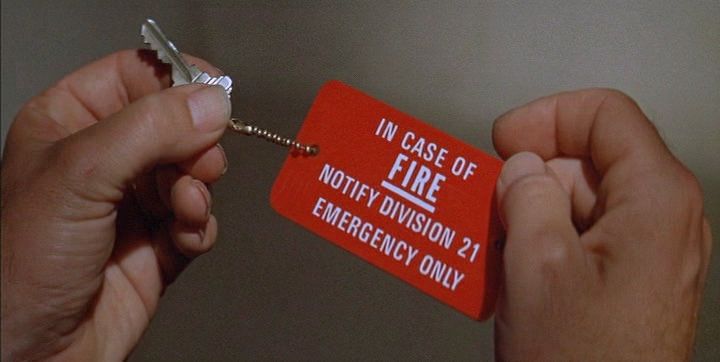The article describes the attempt as “daring” and yet they’ll have to successfully do this at least 14 times for every crewed mission they intend to send to the moon. It’s like someone took a look at the Apollo missions and said “how can we develop a new system that is orders of magnitude more expensive and complicated just to accomplish the same thing we did back in the 1960s?”
To be fair, they don’t just want to repeat what was done in the 1960ies/1970ies, but a lot more1), so Artemis has to be more complex than Apollo.
But the mission architecture they have now is insanely complicated, and the reasons are distributed across every space program that has “commercial” in its name.
1) Stay on the moon for days/weeks instead of hours, land at the south pole (no line of sight from Earth), do research beyond just taking samples, eventually larger crews.
The plan reminds me of the Operation Black Buck raids during the Falklands war.
Whether they want to or not… ![]()
One of the most disturbing things about the crazy-complicated mission architecture is that if astronauts encounter any kind of emergency shortly after landing they won’t have any opportunity to cut the mission short and take off early. Instead they have to wait a week for the return vehicle to swing all the way around to Earth and back.
The search for Planet 9.
This is how you start a sci-fi movie.

The oldest one that’s still up there, anyway. Apparently the Royal Air Force displayed a model of Skynet 1A on the children’s television show Blue Peter in 1969, but I couldn’t find a clip or pictures of it. So here is a clip, also from 1969, of the team introducing Space Hoppers:
It would be just the thing to try out a bit of satellite hacking, wouldn’t it. Amplifiers for the downlink failed after only 18 months, so there would be some propellant left. Known location, geostationary so visible from a number of ground stations all over.
ETA:
Per Gunter’s Space Page it operated for 36 months and had a design life (read: fuel for on-orbit use) of ~5 years, so there should have been some hydrazine left to play around with.
On the other hand - it is entirely possible that the MoD themselves had the satellite moved at some time, say mid 1970ies, and lost the paperwork a couple of years later.
